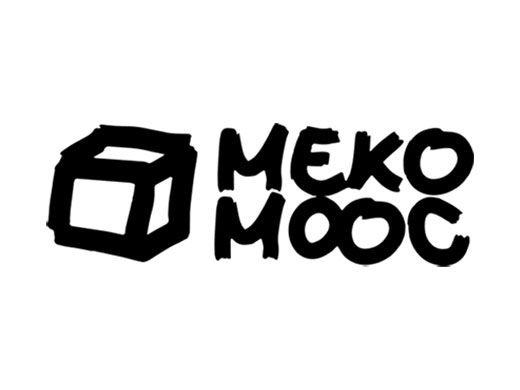
{mlang de}
DI (FH) Ortrun Gröblinger arbeitet als Abteilungsleiterin für die Abteilung Neue Medien und Lerntechnologien an der Universität Innsbruck. Seit März 2016 ist sie zusätzlich Stellvertretende Leiterin des Zentralen Informatikdiensts derselben Universität. Geboren in Wien absolvierte sie ihr Erststudium an der Fachhochschule Hagenberg/Oberösterreich im Studiengang „Engineering for Computer-based Learning“. Weiters schloss sie 2017 das berufsbegleitende Studium „Hochschul- und Wissensmanagement“ an der Donau-Universität Krems mit einer Masterthese zum Thema „Auswirkungen von Nutzung und Produktion von Open Educational Resources auf Studierende an österreichischen Universitäten“ ab. Seit 2010 engagiert sie sich im Präsidium des österreichischen Vereins Forum Neue Medien in der Lehre Austria.
Priv.-Doz. DI Dr. techn. Martin Ebner lehrt und forscht als habilitierter Bildungsinformatiker zu Themen rund um das technologiegestützte Lehren und Lernen, oftmals kurz als e-Learning bezeichnet. Hier beschäftigt er sich besonders mit mobilem Lernen, den Auswirkungen von Social Media und Learning Analytics und gilt als großer Vertreter von Open Educational Resources. Neben der Mitwirkung an nationalen und internationalen Gremien, setzt er sich auch sehr für das Schul- und Hochschulwesen in Österreich ein. Seinem Motto („Bildung zugänglich zu machen“) entsprechend ist er einer der Gründerväter der Plattform iMooX. Neben diesem Projekt ist er im deutschsprachigen Raum für sein Lehrbuch L3T (http://l3t.eu) bekannt, welches das erste frei zugängliche seiner Art war.
Mag. (FH) Stefan Schmid, BEd ist Leiter der Virtuellen Pädagogischen Hochschule (www.virtuelle-ph.at), Mitbegründer der Initiative Flipped Classroom Austria (www.flipped-classroom-austria.at), Hochschullehrkraft und Vortragender zu eDidaktik, digitale Innovationen im Bildungsbereich, eLearning und Financial literacy an Pädagogischen Hochschulen, Fachhochschulen und Unternehmen.
Diplomstudium Sozialarbeit (im städt. Raum) an der Fachhochschule Campus Wien, Bachelorstudium Informations- und Kommunikationspädagogik am Institut für Berufsbildung der Pädagogischen Hochschule Wien, Online-Tutor-Ausbildung an der Virtuellen PH, zertifiziert Moodle-Trainer,
Twitter: @hingeschmidet / (https://twitter.com/hingeSCHMIDet)
a.Univ.-Prof. Dr. Klaus Miesenberger ist Vorstand des Institutes Integriert Studieren an der Johannes Kepler Universität Linz. Er studierte Wirtschaftsinformatik in Linz. Seit 1991 ist er am Institut, das sich neben Forschung und Lehre (Assistierende Technologien, eAccessibility, eInclusion) der Unterstützung behinderter Studierender widmet. Doktorat (1999), Habilitation (2001), Gastprofessur an der Université Claude Bernard, Lyon II, und weiter Gastaufenthalte/Vorlesungen im In- und Ausland folgen. Er war in mehr als 85 nationalen und internationalen Forschungs- und Entwicklungsprojekten involviert. Die Forschungsarbeit ist in mehr als 200 referenzierte Publikationen dokumentiert.
Er ist wissenschaftlicher Leiter der ICCHP Konferenz (www.icchp.org), Gründer und Vorstand des KI-I (Kompetenznetzwerk IKT zur Förderung der Inklusion, www.ki-i.at), Past-President der Association for the Advancement of Assisitve Technology in Europe (AAATE, www.aaate.net) und Gründer/Vorstand des Vereins „bookAccess“ (www.bookaccess.at).
HS-Prof. Mag. Dr. Gerhard Brandhofer, BEd hat eine Hochschulprofessur für Mediendidaktik und informatische Bildung an der PH Niederösterreich inne. Zu den Arbeitsschwerpunkte gehören die Planung, Lehre und Forschung im Bereich des Einsatzes von digitalen Medien im Unterricht der Primar- und Sekundarstufe Forschungsaktivitäten und Veröffentlichungen umfassen die Themenfelder der Nutzung digitaler Medien in der Schule wie auch in der Hochschule, die Bedingungen für gelingende informatische Bildung, die Implementierung visueller Programmiersprachen in der Schulbildung, die Identifizierung des Status quo zu Medienbildung und informatischer Bildung in Österreich sowie die Ableitung von Empfehlungen, die Auswirkungen auf Hochschuldidaktik durch digitale Medien und den damit verbundenen innovativen Lehr- und Lernformaten, didaktische Design Patterns und Audience Response Systems.
MSc. Marlis Schedler, BEd arbeitet an der Pädagogischen Hochschule Vorarlberg als Dozentin in der Lehre und in der Fort- und Weiterbildung und gestaltet im Zentrum für Medien und in der Schulentwicklung mit. Nach der Ausbildung zur Hauptschullehrerin mit naturwissenschaftlichem Fokus hat sie sich über die Donau-Uni Krems und die Fernuni Hagen im Bereich E-Learning & E-Teaching weiter qualifiziert. Sie hat ihr Wissen in unzähligen Fortbildungen im Land, aber auch auf Tagungen in Österreich und in Deutschland weitergegeben und ihre Expertise ist in diversen Arbeitsgruppen (Schule 4.0, PHels, moodle-Community, …) gefragt. Mit dem Einbinden digitaler Tools in viele verschiedene Themenbereiche, die dann auch frei zugänglich sind, hat sie schon diverse Preise gewonnen, zuletzt im September 2017 das europäische Sprachensiegel.
Dipl.-Päd. MAS MSc. Thomas Schroffenegger, BEd ist seit 2003 Dozent an der Pädagogischen Hochschule Vorarlberg und unterrichtet im Bereich Medienpädagogik und Fachdidaktik in unterschiedlichen Studienzweigen und der Fortbildung. Er studierte Lehramt (MA, WT, INF) für Hauptschulen und später Medienpädagogik sowie Hochschuldidaktik. Neben seiner Unterrichtsarbeit in unterschiedlichen Schultypen beschäftigt er sich vor allem mit Lehrmitteln und Unterrichtstechnologie. Er ist unter anderem Herausgeber der Lernprogramme www.schreibtrainer.com, www.typewriter.ch, www.matholino.com, www.wortschatzkiste.at usw. sowie Mitarbeiter bei Lehrmittelproduktionen und verwendet diese Werkzeuge vor allem mit der Erforschung von Lernarbeit.
MMag. Dr.phil. Elke Höfler ist Lehrbeauftragte am Institut für Romanistik an der Universität Graz (Schwerpunkt: Fachdidaktik) und hält allgemeine Lehrveranstaltungen zu mediendidaktischen Themen. Sie lehrt zudem an der FH Kärnten sowie der FH Burgenland und hält laufend Fortbildungen an mehreren Pädagogischen Hochschulen in Österreich sowie eLectures an der Virtuellen PH, an der sie zudem als Online-Tutorin arbeitet. Ihre Forschungsschwerpunkte liegen im Bereich der Fiktionsforschung, der Mediendidaktik, der mediengestützten Fachdidaktik, der Sprachlehrforschung, Social Media, MOOCs und Open Educational Resources. Sie bloggt unter Resources for (foreign) language teaching und Web 2.0 in Lehre und Unterricht und ist Gründungsmitglied der Bildungspunks (#EduPnx).
foreignlanguageteachingresources.blogspot.co.at/
fremdsprachenundwebzweinull.blogspot.co.at/
bildungspunks.de/
{/mlang de}
{mlang en}
DI (FH) Ortrun Gröblinger works as head of department for the Department of New Media and Learning Technologies at Innsbruck University. Since March 2016 she has also been deputy head of the University's Central Information Technology Services. Born in Vienna, she completed her initial studies at the University of Applied Sciences in Hagenberg/Upper Austria in the "Engineering for Computer-based Learning" programme. She further completed her career-integrated studies of "Higher Education and Knowledge Management" at the Danube University of Krems with a Master's thesis on the "Effects of using and creating Open Educational Resources on students at Austrian universities". Since 2010 she has been actively involved in the committee of the Austrian association Verein Forum Neue Medien in der Lehre Austria.
Priv.-Doz. DI Dr. techn. Martin Ebner lectures and researches as a habilitated education information scientist on issues concerning technology-supported teaching and learning, often referred to simply as e-learning. Thereby, he puts particular emphasis on mobile learning, the impact of social media and learning analytics, and is a keen advocate of open educational resources. Besides actively participating in national and international panels he is also deeply involved in shaping educational and higher education in Austria. In line with his motto ("Making education accessible"), he is one of the founding fathers of the iMooX platform. Besides this project, he is widely recognised in German-speaking countries for his coursebook L3T (http://l3t.eu), which was the first of its kind to be freely accessible.
Mag. (FH) Stefan Schmid,
BEd is head of the University College of Virtual Teacher Education VPH (www.virtuelle-ph.at), co-founder of the Flipped Classroom Austria
initiative (www.flipped-classroom-austria.at), university teacher and lecturer
on eDidactics, Digital Innovations in Education, eLearning and Financial
Literacy for university colleges of education, universities of applied sciences
and companies. Diploma studies in Social Work (in urban settings) at the
University of Applied Sciences FH Campus Wien, bachelor's degree in Information
and Communication Pedagogy at the Institute for Vocational Education at the
University College of Teacher Education Vienna, online-tutor training at the
University College of Virtual Teacher Education VPH, certified Moodle-trainer,
Twitter: @hingeschmidet / (https://twitter.com/hingeSCHMIDet)
a.Univ.-Prof. Dr. Klaus Miesenberger is the director of the Institute for Integrated Studying at Johannes Kepler University Linz. He studied Business Informatics in Linz. He has been with the institute since 1991, focusing on research and teaching (assistive technologies, eAccessibility, eInclusion), as well as supporting students with disabilities. Doctorate (1999), habilitation (2001), visiting professorship at Université Claude Bernard, Lyon II, and further lectures as a visiting lecturer in Austria and abroad. He has been involved in more than 85 national and international research and development projects. His research work has been documented in more than 200 referenced publications.
He is the academic director of the ICCHP Conference (www.icchp.org), founder and head of KI-I (Competence Network Information Technology to Support the Integration of People with Disabilities, www.ki-i.at), past-president of the Association for the Advancement of Assistive Technology in Europe (AAATE, www.aaate.net) and founder/head of the "bookAccess" Association (www.bookaccess.at).
University Professor Mag. Dr. Gerhard Brandhofer, BEd holds a university professorship for Media Didactics and Informatic Education at the University of Education Lower Austria. His work is centred around planning, teaching and research in the field of the use of digital media in teaching in primary and secondary education. His research activities and publications include the use of digital media at schools as well as universities, the preconditions for successful informatics education, the implementation of visual programming languages in school education, the identification of the status quo of media education and informatic education in Austria, as well as the derivation of recommendations, the impact on university didactics caused by digital media and the related innovative teaching and learning formats, didactic design patterns and audience response systems.
MSc. Marlis Schedler, BEd works as a lecturer in teaching and further and advanced training at Vorarlberg Teaching University and actively contributes to the University's Centre for Media and school development. After her education as a secondary school teacher with a focus on natural science, she continued her qualifications in the field of e-learning and e-teaching through the Danube University Krems and the University for Distance Learning Hagen. She has shared her knowledge in numerous regional training sessions, as well as conferences in Austria and Germany, and her expertise is valued in several task forces (Schule 4.0, PHels, Moodle community, …). By incorporating digital tools in a wide variety of fields and making them freely available she has already won several awards, most recently the European Language Label in September 2017.
Dipl.-Päd. MAS MSc. Thomas Schroffenegger, BEd has been a lecturer at Vorarlberg Teaching University since 2003 and teaches in the field of Media Pedagogy and Teaching Methodology in various branches of study, as well as in further education. He studied to be a secondary school teacher and later continued to study Media Pedagogy, as well as University Didactics. Besides teaching in various types of school, he particularly focuses on teaching materials and teaching technology. Amongst others, he has published the learning programs www.schreibtrainer.com, www.typewriter.ch, www.matholino.com, www.wortschatzkiste.at, etc., has collaborated in the production of teaching materials, and primarily uses these tools in his research of learning.
MMag. Dr.phil. Elke Höfler
works as a contract teacher at the Institute for Romance Languages at Graz
University (emphasis on methodology) and teaches general lectures on
media-didactic topics. In addition, she teaches at Carinthia University of
Applied Sciences, as well as at University of Applied Sciences FH Burgenland
and frequently teaches in training sessions at several universities of teacher
education in Austria, as well as eLectures at the University College of Virtual
Teacher Education, where she also works as an online tutor. Her main research
focus is on the fields of fiction research, media didactics, media-supported
teaching methodology, language teaching research, social media, MOOCs and open
educational resources. She contributes as a blogger on resources for (foreign)
language teaching and Web 2.0 in teaching and education and is a founding member
of the Bildungspunks (#EduPnx).
foreignlanguageteachingresources.blogspot.co.at/
fremdsprachenundwebzweinull.blogspot.co.at/
bildungspunks.de/
{/mlang en}
{mlang en}
This MOOC deals with the key aspects of acquiring media competences. It covers the definition of the term, as well as different application scenarios of new media in education and associated challenges in applied didactics, embedded in the legal framework and the effect of media in practice. A combination of theory and practical examples stimulates a critical examination of digital media and web-based teaching and learning. The contents are aimed at teaching staff, students of any subject, prospective teachers, as well as anyone interested in the subject matter.
{/mlang en}{mlang de}
Dieser MOOC beschäftigt sich mit den wesentlichen Aspekten des Erwerbs von Medienkompetenzen. Dabei geht es um die Definition des Begriffs ebenso wie Einsatzszenarien neuer Medien in der Lehre und den damit verbundenen Herausforderungen der angewendeten Didaktik, eingebettet in die rechtlichen Rahmenbedingungen und der Wirkung von Medien in Praxissituationen. Die Verknüpfung von Theorie und Praxisbeispielen regt zu einer kritischen Auseinandersetzung mit digitalen Medien und webbasiertem Lehren und Lernen an. Die Inhalte richten sich an Lehrende, Studierende aller Fächer, angehende Lehrerinnen und Lehrer, und grundsätzlich an alle an der Thematik interessierten Personen.
{/mlang de}
{mlang de}
Nach der Absolvierung dieses MOOCs
- kennen Sie die Begriffe Medieninformatik, Mediendidaktik, Medienrecht, Medienwirkung und Mediennutzung und können diese erklären.
- kennen Sie eine Vielzahl an Beispielen aus der Praxis, welche Sie für Ihre jeweiligen Situationen adaptieren und anwenden können.
Detaillierte Lernziele für jede Einheit finden Sie bei den einzelnen Modulbeschreibungen.
{/mlang de}
{mlang en}
Upon successful completion of this MOOC
- you will be familiar with the terms of media informatics, media didactics, media law, media effectiveness, and media use, and will be able to explain them.
- you will have encountered a variety of practical examples, which you will be able to adapt and apply to your own particular situations.
More detailed learning objectives for each unit can be found in the respective module descriptions.
{/mlang en}
{mlang de}
Keine.
{/mlang de}
{mlang en}
None.
{/mlang en}
{mlang de}
Der Kurs umfasst sechs Module zu folgenden Themen:
- Einführung
- Medieninformatik: Software, Applikationen und Programme für den Unterricht
- Mediendidaktik: Zentrale Aufgaben einer mediengestützten Didaktik
- Medienrecht: Urheberrecht und freie Bildungsressourcen
- Medienwirkung: Effekt von Medien, Sicherheit
- Mediennutzung: Tools zu Kommunikation, Kollaboration, Wissensmanagement usw.
{/mlang de}
{mlang en}
The course contains six modules covering the following topics:
- Introduction
- Media informatics: Software, applications and programs for teaching
- Media didactics: Core functions of media-supported didactics
- Media law: Copyright law and free educational resources
- Media effectiveness: Effect of media, security
- Media use: Communication tools, collaboration, knowledge management, etc.
{mlang de}
Für die aktive Teilnahme am Kurs erfolgt bei Abschluss die Ausstellung einer automatisierten Teilnahmebestätigung, welche Ihren Benutzernamen, den Kursnamen, die Kursdauer und den Aufwand beinhalten. Es wird darauf hingewiesen, dass es sich nur um eine Bestätigung handelt, die aussagt, dass die Benutzerin oder der Benutzer zumindest 75% der gestellten Selbstüberprüfungsfragen richtig beantwortet hat.
{/mlang de}
{mlang en}
Upon successful completion of the course, an automated certificate of participation stating your user name, the course title, the duration of the course and the required time effort will be issued for active participation. Please note that this is just a confirmation stating that the user has answered at least 75% of the self-testing questions correctly.
{/mlang en}{mlang de}
Dieses Werk ist lizenziert unter einer {licenselink}
Zitiervorschlag:
„#MekoMOOC20“ by MekoMOOC, https://imoox.at/mooc/local/courseintro/views/startpage.php?id=76. ist lizenziert unter einer CC Lizenz: http://creativecommons.org/licenses/by/4.0/
{/mlang de}
{mlang en}
This work is licensed under a CC - Creative Commons licence
{/mlang en}{mlang de}
Ein MOOC von


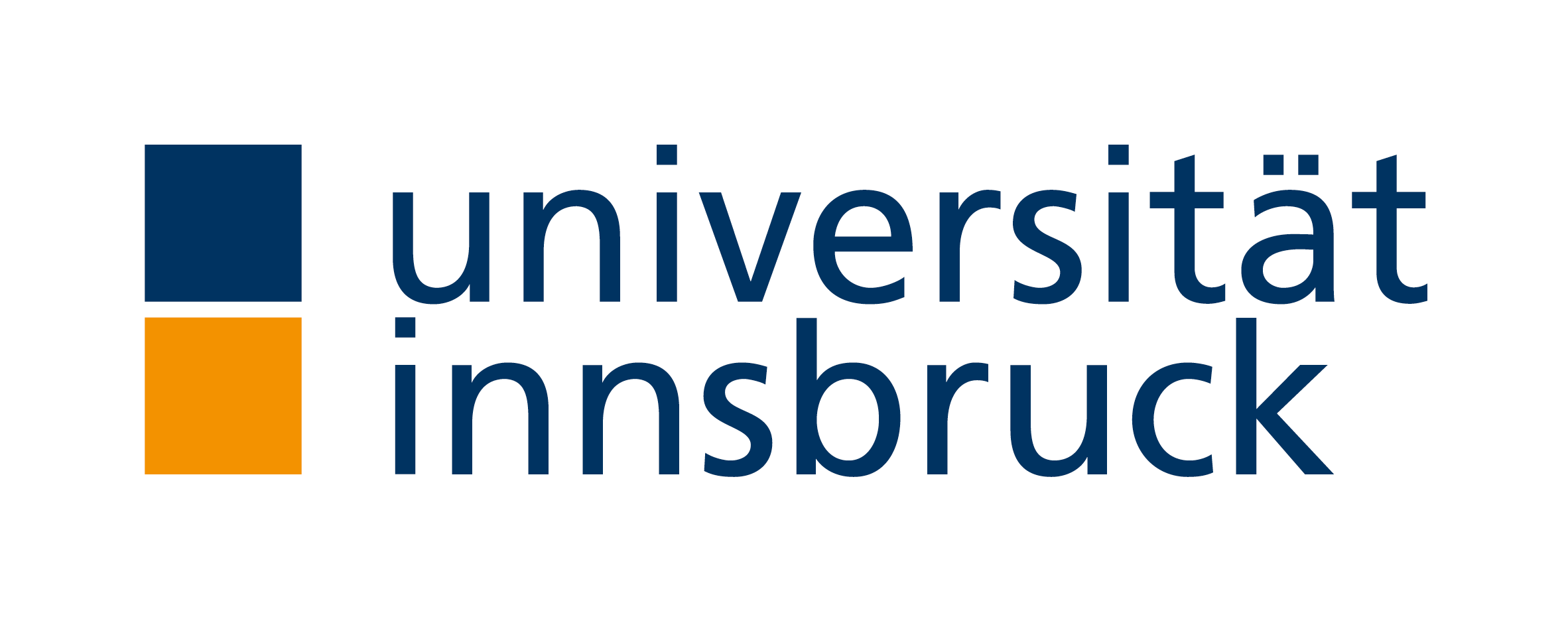
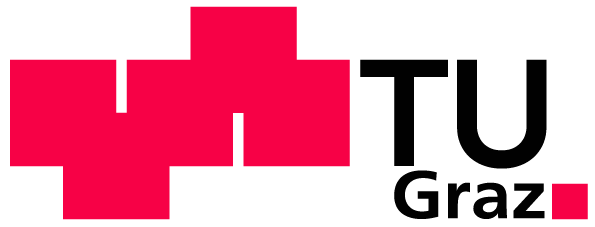
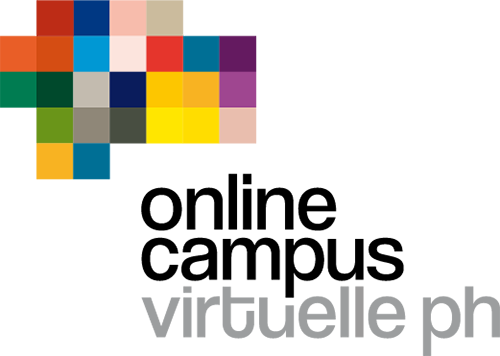
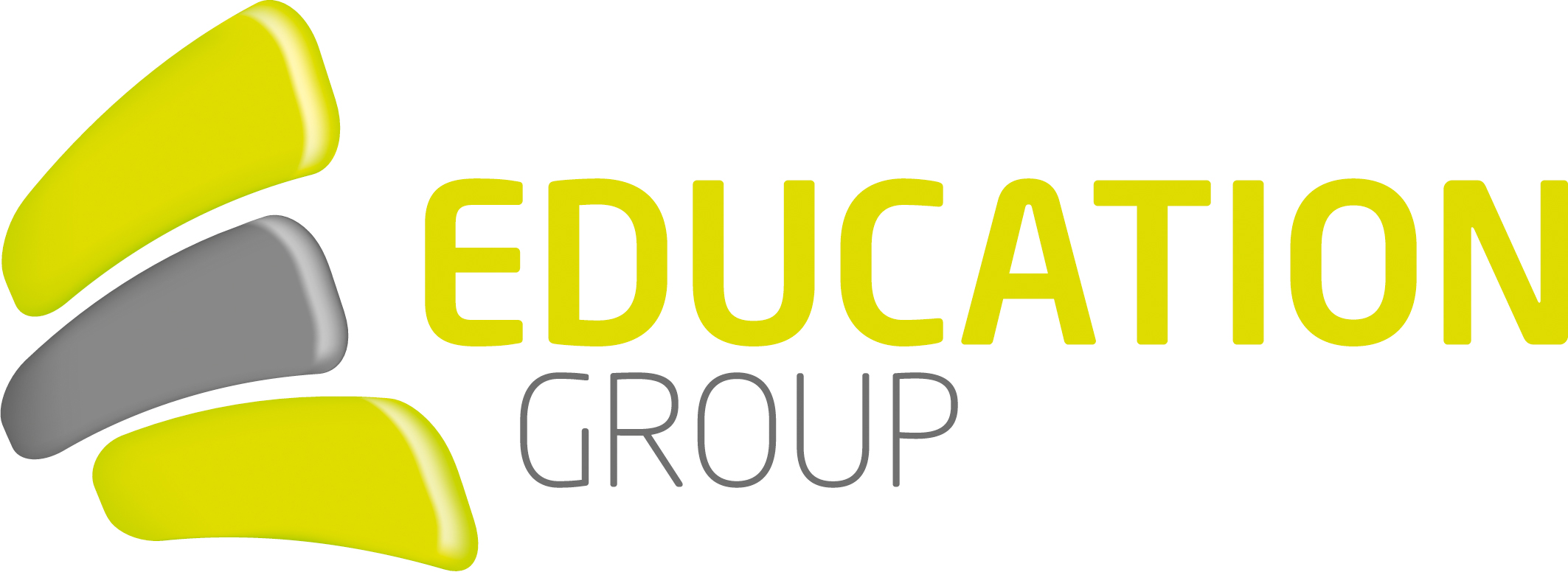
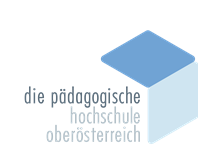
{/mlang de}
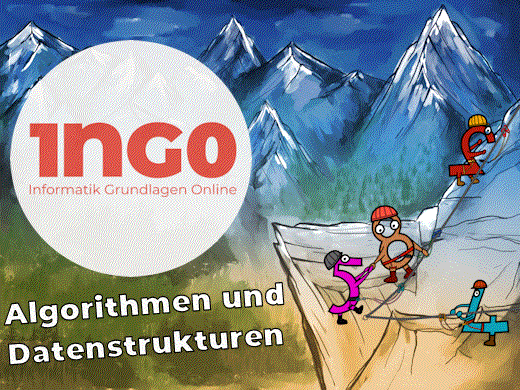
Univ.-Prof. Justus Piater, Ph.D. works at the Institute for Computer Science at the University of Innsbruck and heads the Intelligent and Interactive Systems research group. In his research, he seeks to enable autonomous robots to perceive and act flexibly and robustly in unstructured environments, leveraging machine learning methods to build perceptual, motor and reasoning skills. Main applications are sensor-based grasping and manipulation of objects and learning of motion sequences.
Algorithms and Data Structures is a free MOOC (Massive Open Online Course) for computer science students and everyone interested in the topic.
The videos teach basic concepts about abstract data types, data structures and algorithms, which are reinforced via exercises and quizzes. We provide a script that includes the contents shown in the videos as well as supplementary material.
The course is split into the following 14 units :
- Introduction
- Analysis of algorithms
- Recursion
- Stacks and queues
- List abstractions
- Trees
- Priority queues
- Maps
- String search
- Search trees
- Greedy algorithms
- Divide and conquer
- Dynamic programming
- Graphs
The course teaches basic concepts in the following areas:
- abstract data types, data structures, algorithms
- complexity analysis (asymptotic resource analysis) of algorithms
- basic, versatile data structures and algorithms
- understanding and application of the algorithmic paradigms of greedy algorithms, divide and conquer and dynamic programming
- sorting algorithms
For actively participating in the course you will receive an automatic certificate which includes your username, the course name as well as the completed lessons. We want to point out that this certificate merely confirms that the user answered at least 75% of the self-assessment questions correctly.
This work is licensed under {licenselink}
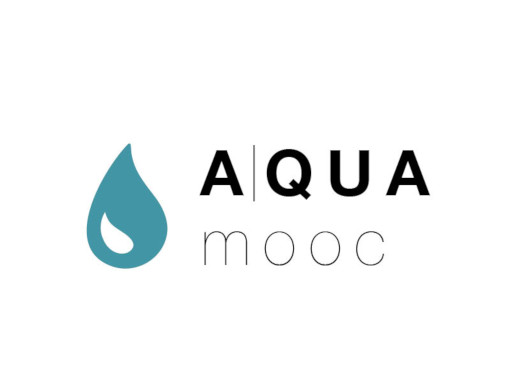

Shé
Hawke (PhD The University of Sydney, Australia) is an inter-disciplinary
scholar from the Mediterranean Institute for Environmental Studies (MIOS)
at the Science and Research Centre, Koper, Slovenia. Her research focuses on
sustainability and the cascading effects of climate change, particularly
through the water cycle.
Reingard Spannring is a sociologist (PhD, University of Vienna; M.A. University of Sussex, UK) who works at the Institute for Educational Science at the University of Innsbruck. Her research areas include environmental education research, philosophy of education, critical animal studies and youth research.
In light of the Anthropocene, the present geological age in which humankind is altering the whole Earth system with devastating effects on ecosystems, plants, the elements, as well as human and other animals, we are building a knowledge base together with students as citizen scientists using new and novel methodologies such as water literacy, participatory engagement and nature-based solutions. Actively engaging with, befriending and listening deeply to water as a „wise knowing self“ (Bird Rose 2007) in dialogue with its neighbours is our staring point for a better understanding of water as „a complex adaptive stream of intra, inter and extra-relationships“ and championing of „waters‘ multi-dimensional capacity and agency for the purpose of advancing more sustainable biosocial water futures within a geosocial matrix“ (Hawke and Palsson 2017:232). Students are invited to share photos, short films and audio recordings together with their „water story“ on this learning platform.
- Module one: Introduction (script and video)
- Module two: Understanding biosocial systems (script and video)
- Module three: Understanding the human factor (script and video)
- Module four: Doing multispecies ethnography (script and video)
- Module five: Presentation of students‘ visual, auditory and written contributions
- To develop student understanding of biosocial connections between nature and culture, particularly waterscapes
- To develop student understanding of water/environmental literacy
- To enhance student development as citizen scientists, through participatory engagement
- To develop research and writing skills
None
For active participation in the course, an automated confirmation of participation will be issued upon completion, which will include your user name, the course name, the course duration and the amount of work involved. It should be noted that this is only a confirmation stating that the user has correctly answered at least 75% of the self-assessment questions asked.
All course materials are provided
under the open Creative Commons Attribution 4.0 International license (except
for external links and individual separately marked materials). This allows
free use and also modification and republication of all components of the
videos, working materials, exercises and test questions (as far as they are not
external, i.e. linked materials, then the respective conditions apply). A
sustainable usability and use is therefore possible, even beyond the course and
project duration of imoox.
When using the materials, please
indicate: CC-BY 4.0 AquaMOOC
This work is licensed under a {licenselink}
Institut für Erziehungswissenschaft, Universität Innsbruck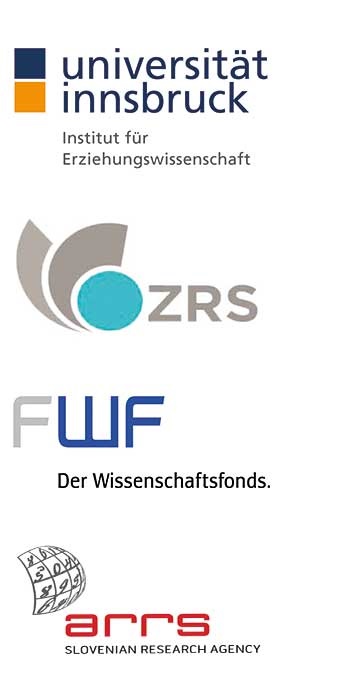
Science and Research Centre Koper (ZRS), Slovenia
FWF, Der Wissenschaftsfond
Slovenian Research Agency (ARRS)
ECTS credit points
This project is part of teaching cooperation between Universities.
Credit points are given by lecturers as part of their respective course.

{mlang de}
o. Univ.-Prof. Dr. Roland Psenner
Roland Psenner ist ordentlicher Universitätsprofessor für Limnologie an der Universität Innsbruck. Sein Forschungsinteresse gilt vor allem den Auswirkungen des Klimawandels auf alpine Ökosysteme. Von 2010 bis 2012 leitete er den interdisziplinären Forschungsschwerpunkt „Alpiner Raum – Mensch & Umwelt“, den er ins Leben gerufen hatte, er engagiert sich aber auch seit vielen Jahren in Universitätspolitik und -verwaltung. So war er von 2001 bis 2004 Studiendekan der naturwissenschaftlichen Fakultät und leitete von 2008 bis 2012 als Dekan die Fakultät für Biologie. Von 2012 bis 2015 war er Vizerektor für Lehre und Studierende der Universität Innsbruck, seit 2014 ist er Präsident von Eurac Research, seit 2017 Mitglied des Universitätsrates der BOKU. Roland Psenner hat über 300 wissenschaftliche Arbeiten veröffentlicht, die Hälfte davon in referierten Journalen des Web of Science, die bisher über zehntausendmal zitiert wurden, außerdem ist er Autor bzw. Co-Autor von 30 Buchbeiträgen. Er ist Mitherausgeber einer Buchreihe zum Alpinen Raum der innsbruck university press mit bisher 14 Bänden und arbeitet/e im Editorial Board von renommierten Fachzeitschriften.
Ao.-Univ.-Prof. Dr. Birgit Sattler
Birgit Sattler ist als Limnologin an der Universität Innsbruck beschäftigt und hat vorwiegend kalte Lebensräume der Alpen und der Polargebiete sowie deren mikrobieller Besiedelung als Themenschwerpunkt. Mehrere Forschungsexpeditionen trugen zum besseren Verständnis des Paradoxons „Leben im Eis“ bei. Sie ist Österreichs Delegierte zum Antarktisvertrag sowie von SCAR (Scientific Council of Antarctic Research). Gemeinsam mit ihrer Arbeitsgruppe engagiert sie sich auch seit mehreren Jahren in der Wissensvermittlung an die jüngere Generation, indem aktuelle Ergebnisse spielerisch an Kinder oder auch interessierte Erwachsene inner- und außerhalb der Universität weitergegeben werden.
{/mlang de}
{mlang de}
Der Begriff „Limnologie“ stammt wie die meisten wissenschaftlichen Ausdrücke aus dem Griechischen: λιμνέ (limné) bedeutet See, stehendes Gewässer, Feuchtgebiet, aber auch „Die See“. Limnologie ist also, wörtlich übersetzt, die Seen-Wissenschaft. Heute wird Limnologie oft als Gewässer-Ökologie übersetzt, aber damit entkommt man dem Griechischen nicht, und der allgemein gebräuchliche Ausdruck „Aquatische Ökologie“ hat lateinische und griechische Wurzeln.
Limnologie ist, kurz gesagt, die Wissenschaft vom Wasser als Lebensraum für Organismen. Sie umfasst nicht nur zahlreiche Aspekte der Physik, Chemie und Biologie, sondern auch jene der technischen und Sozialwissenschaften, da Konflikte ums Wasser mit dem Anwachsen der Bevölkerung und der Zunahme unserer Ansprüche nicht geringer werden. Dass Hydrologie, Glaziologie, Geologie und Meteorologie – um nur einige Disziplinen zu nennen – für die Kenntnisse über Wasser und Gewässer eine wichtige Rolle spielen, sei ebenfalls erwähnt. Limnologie ist allerdings nicht gleichzusetzen mit Süßwasser-Ökologie, denn etwa die Hälfte aller Binnengewässer sind salzhaltig, manche haben sogar höhere Salzkonzentrationen als die Ozeane. Binnengewässer-Ökologie wäre deshalb eine geeignete Umschreibung für Limnologie, die in den Anfängen tatsächlich eine Seen-Wissenschaft war. Der Begriff „Gewässer“ deutet darauf hin, dass es in der Limnologie um mehr geht als nur den Stoff „Wasser“. Heute beschäftigen sich Limnologen mit den Lebensräumen Oberflächengewässer, Grundwasser, Schnee und Eis, ja sogar mit Wolkenwasser.
Wasser ist nicht nur Voraussetzung für alles Leben und für die Entwicklung menschlicher Zivilisationen, es übt auch eine magische Anziehungskraft auf Menschen aus. Trotz aller wissenschaftlichen Fortschritte sind einige Eigenschaften des Wassers immer noch unverstanden und es gibt beinahe jede Woche neue Einsichten in die Physik des Wassers, erstaunliche Erkenntnisse über Stoffflüsse, die Zusammensetzung gelöster Substanzen sowie die im Wasser lebenden Mikroorganismen, Tiere und Pflanzen.
Für das Landlebewesen Mensch ist der aquatische Lebensraum schwer zu begreifen, da Wasser etwa tausendmal so dicht ist wie Luft und die Schwerkraft aufgehoben scheint. Schwimmer und Taucher, die sich im nassen Element bewegen, ahnen vielleicht, dass Wasser für kleine Organismen kein dünnflüssiges Medium ist, sondern etwas Zähes, Klebriges, schwer Bewegliches. Das gilt nicht nur für die Bewegung kleiner Organismen, für die das Trägheitsgesetz praktisch außer Kraft ist, sondern auch für den Transport von gelösten und festen Stoffen. Im Wasser gelöste Gase verhalten sich wesentlich anders als in der Luft. Sauerstoff zum Beispiel kann in stehenden Gewässern vollständig aufgezehrt, andere Gase – man denke an CO2 oder Methan – können in hohen Konzentrationen angereichert werden.
{/mlang de}
{mlang de}
Nach Absolvierung des Kurses sollten die Teilnehmer/innen die grundlegenden Eigenschaften des Elements Wasser und des aquatischen Lebensraums kennen, außerdem die wichtigsten Beziehungen zwischen Umwelt und Organismen, ein Verständnis für Gefährdungen und einen Einblick in Problemlösungen.
{/mlang de}
{mlang de}
Keine
{/mlang de}
{mlang de}
In 8 Modulen werden wir uns mit den wichtigsten limnologischen Erkenntnissen auseinandersetzen.
Modul 1: Wasser: Mengen, Verteilung und Kreislauf
Modul 2: Stehende Gewässer: Entstehung, Morphologie und Sedimentation
Modul 3: Physikalische Eigenschaften (Temperatur, Schichtung und Turbulenz)
Modul 4: Ice & Life: The Living Cryosphere
Modul 5: Fließgewässer, Grundwasser und Sanierung
Modul 6: Licht-& Primärproduktion
Modul 7: Chemie des Wassers
Modul 8: Nahrungsnetze - Fressen und gefressen werden
{/mlang de}
{mlang en}
For actively participating in the course you will receive an automatic confirmation of participation (certificate) which includes your username, the course title, course duration as well as the hours required to complete the course. We want to point out that this certificate merely confirms that the user answered at least 75% of the self-assessment questions correctly.
{/mlang en}
{mlang de}
Für die aktive Teilnahme am Kurs erfolgt bei Abschluss die Ausstellung einer automatisierten Teilnahmebestätigung, welche Ihren Benutzernamen, den Kursnamen, die Kursdauer und den Aufwand beinhalten. Es wird darauf hingewiesen, dass es sich nur um eine Bestätigung handelt, die aussagt, dass die Benutzerin oder der Benutzer zumindest 75% der gestellten Selbstüberprüfungsfragen richtig beantwortet hat.
{/mlang de}
{mlang en}
This work is licensed under a {licenselink}
{/mlang en}
{mlang de}
Dieses Werk ist lizenziert unter einer {licenselink}
{/mlang de}
{mlang de}ECTS-Anrechnungspunkte / Lehrveranstaltung{/mlang de}{mlang en}{/mlang en}
{mlang de}
Dieser MOOC wird auch als Teil der Lehrveranstaltung "Struktur und Funktion aquatischer Ökosysteme“ an der Universität Innsbruck angeboten. Um an der Lehrveranstaltung teilnehmen zu können, ist es notwendig, dass Sie an der Universität Innsbruck gemeldet sind und sich dort zu dieser Lehrveranstaltung anmelden. Sind Sie an der Universität Innsbruck angemeldet, benötigen Sie keine zusätzliche Registrierung auf dieser MOOC-Plattform, sondern können sich mit Ihren Anmeldedaten einloggen (Anmeldung mit eduID).
Weitere Angaben direkt zur Lehrveranstaltung entnehmen Sie bitte dem Vorlesungsverzeichnis bzw. Ihrem Curriculum selbst.
{/mlang de}
{mlang de}Literatur zum Kurs{/mlang de}{mlang en}{/mlang en}
{mlang de}
- Jürgen Schwoerbel & Heinz
Brendelberger. Einführung in die Limnologie. Elsevier Spektrum,
Heidelberg
- Wilfried Lampert & Ulrich Sommer. Limnoökologie.
Thieme, Stuttgart
- Dokulil Martin, Hamm Alfred, Kohl
Johannes G. Ökologie und Schutz von Seen,
Facultas utb
- Robert
G. Wetzel. Limnology – Lake and River Ecosystems. Academic Press San Diego
- Jacob
Kalff. Limnology. Prentice Hall und Pearson
- Ramon
Margalef. Limnología. Ediciones Omega Barcelona
- Wilfried Schönborn. Lehrbuch der Limnologie. Schweizerbart Stuttgart
{/mlang de}

Prof. Dr. Rainer Böhme works at the Institute for Computer Science at the University of Innsbruck and is head of the Security and Privacy Lab. His research interests are IT security and data protection.
His methodological focus is on signal processing, coding theory and game theory as well as empirical methods in the social and behavioural sciences.
Main applications are digital forensics, payment systems, steganography, self-data protection techniques, user interfaces as well as strategic and operational aspects of security and risk management in distributed systems.
Computer Architecture is a free MOOC (Massive Open Online Course) for computer science students and everyone interested in the topic.
The videos teach basic concepts about the implementation and functionality of computer systems which are reinforced with the help of exercises and quizzes.
The course is split into the following 9 units :
- Unit 1: Introduction
- Unit 2: Combinatorial Logic
- Unit 3: Sequential Logic
- Unit 4: Arithmetic
- Unit 5: Instruction Set Architecture
- Unit 6: Input and Output
- Unit 7: Processor Architecture
- Unit 8: Memory
- Unit 9: Performance
- Teaching basic knowledge about the design of digital circuits
- Understanding of architectural principles and organisational forms of modern computers
- Insight into the interaction of hardware and software
- Creation of machine-oriented programs using the ARM architecture as an example
- Learning approaches for evaluating and comparing computer systems
- Understanding the structure and functioning of hardware
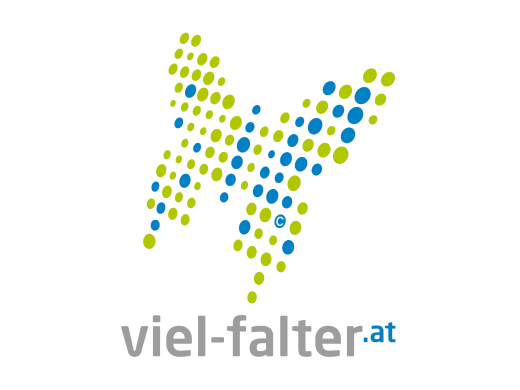
Dr. Johannes Rüdisser 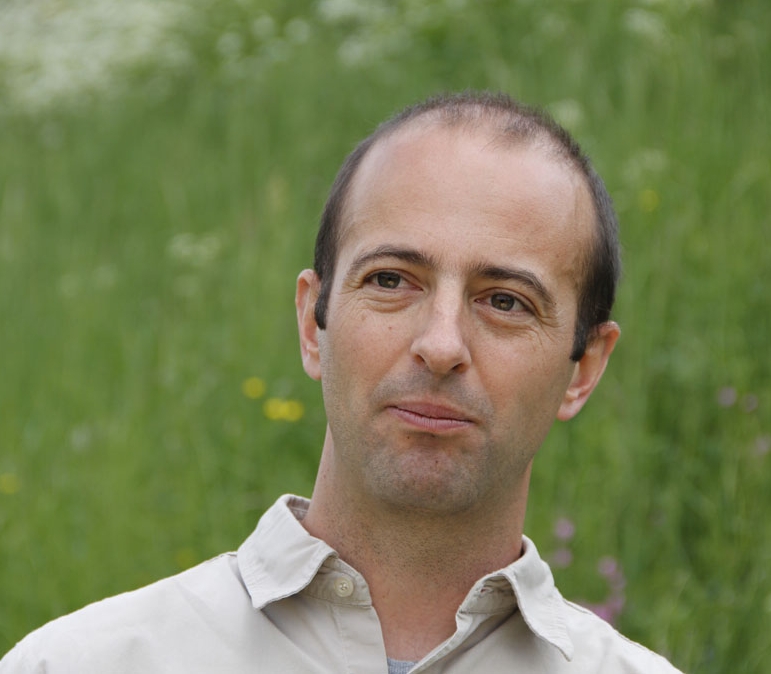
Rüdisser is a landscape ecologist, GIS specialist and nature and environmental educator at the Institute of Ecology at the University of Innsbruck, initiator and head of the Viel-Falter butterfly monitoring programme and a founding member of the Austrian Biodiversity Council.
Mag. Petra Schattanek, MSc 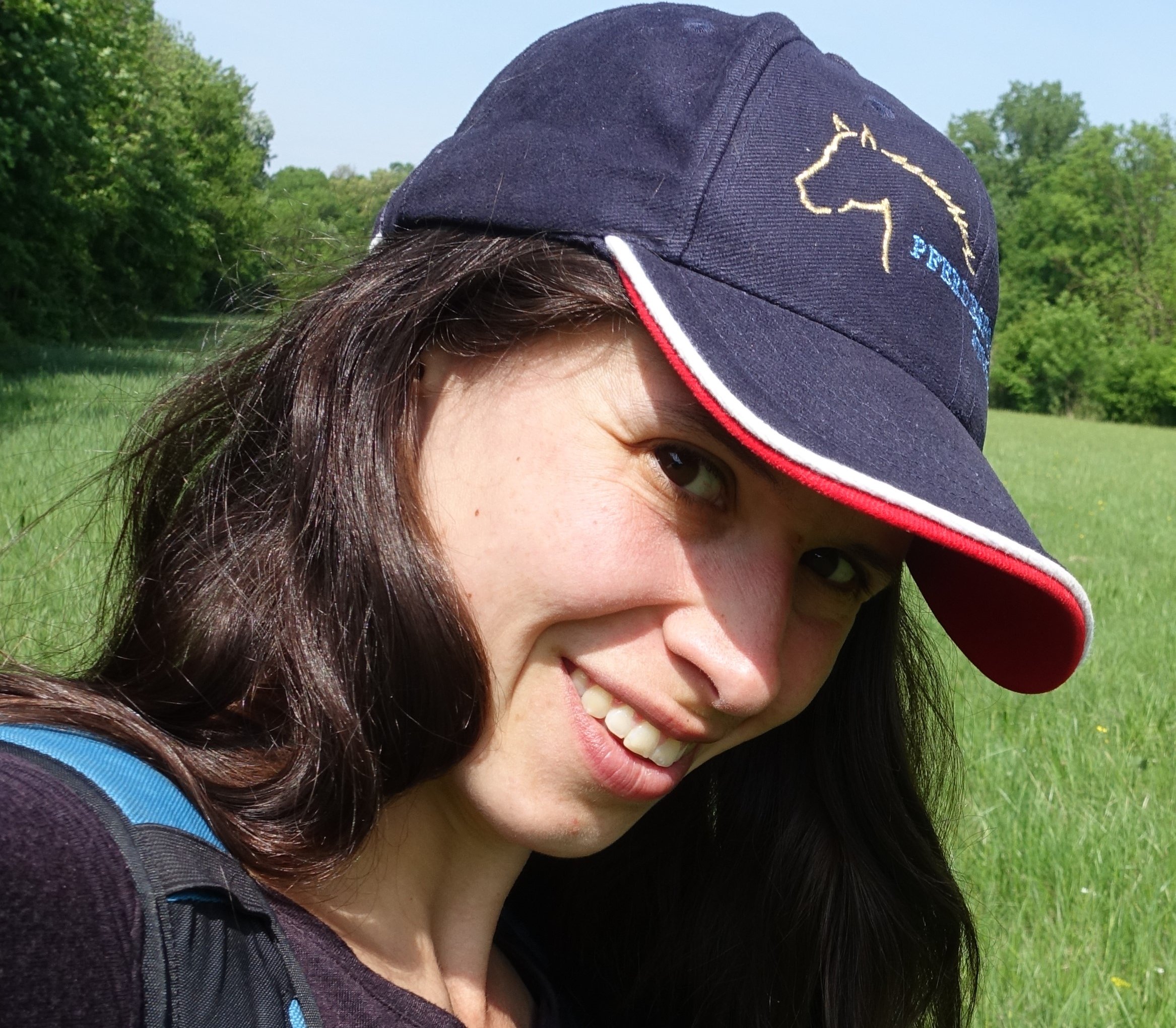
Schattanek is a biologist and expert on butterflies, bats and small mammals. At Viel-Falter Butterfly Monitoring, she supervises volunteer butterfly observers, leads training courses and conducts butterfly surveys herself.
Dr. Peter Huemer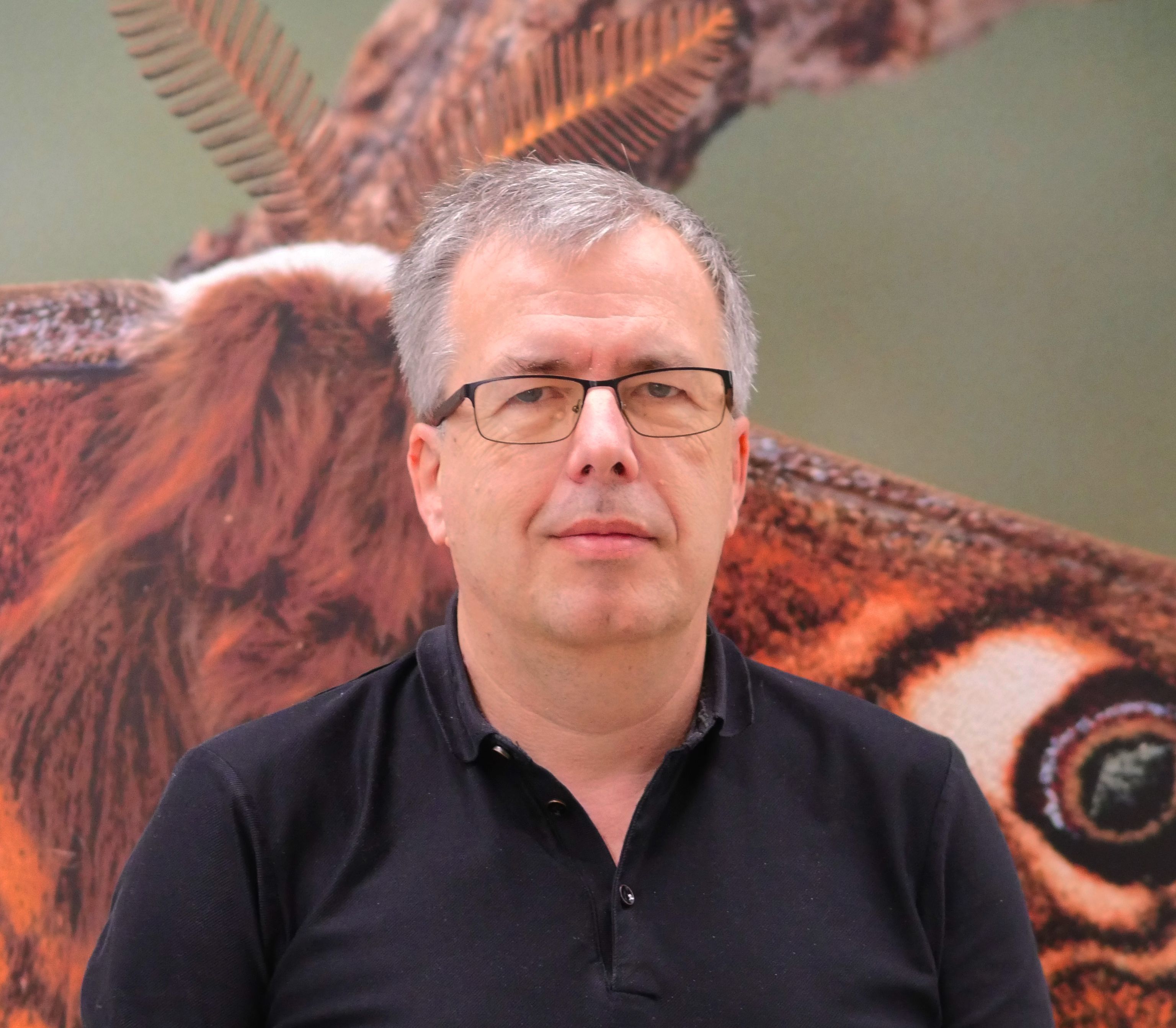
In the Viel-Falter Butterfly Monitoring project, volunteers work alongside researchers from the Institute of Ecology at the University of Innsbruck to observe, identify and count butterflies. Butterflies, which are loved by almost everyone, react quickly and sensitively to changes in their habitat. This makes them excellent indicators for biodiversity monitoring.
If you want to discover the diversity of native butterflies and support science and nature conservation, register for this MOOC right away and get started!
- What is biodiversity monitoring and why is it necessary?
- What is butterfly monitoring and how does it work?
- Introduction to butterfly identification and the Viel-Falter survey method.
Participants will be able to independently conduct simple butterfly surveys as part of the Viel-Falter butterfly monitoring programme.
No
previous knowledge is required.
This MOOC consists of a total of 3 units, which were first published in March 2021.
In the first two units, MOOC participants are introduced to the topic and methodology. In addition to videos and interviews, there will also be short quizzes for self-assessment. Identification games will help participants familiarise themselves with the most important butterfly groups. Those who are particularly interested can also explore the topic in greater depth.
The third unit leads to a personal interview to complete the training as a butterfly surveyor.
Upon completion of all three parts of the course, participants who have actively participated will receive a certificate of participation containing their username, the course name and the duration of the course. The course certificate is required for active participation in the Viel-Falter butterfly monitoring programme.
All course materials are made available under the open Creative Commons Attribution 4.0 International licence (excluding external links and individual documents marked separately). This allows free use, modification and republication of all components of the videos, working materials, exercises and test questions (unless these are external, i.e. linked materials, in which case the respective conditions apply). Sustainable usability and use is therefore possible, even beyond the course and project duration of iMooX.
When using the materials, please indicate: CC-BY 4.0 Viel-Falter-UIBK-Innsbruck {licenselink}

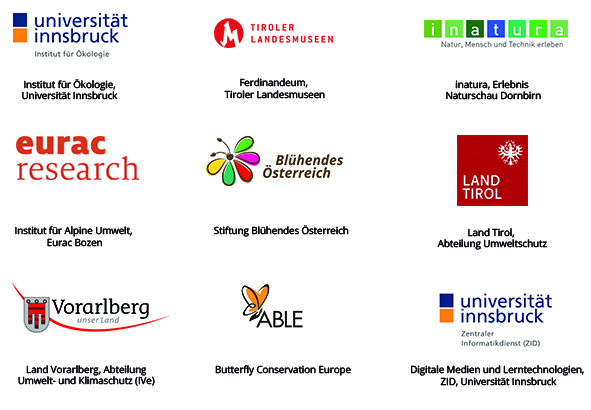
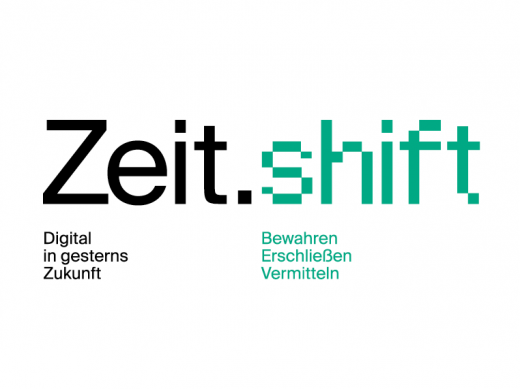
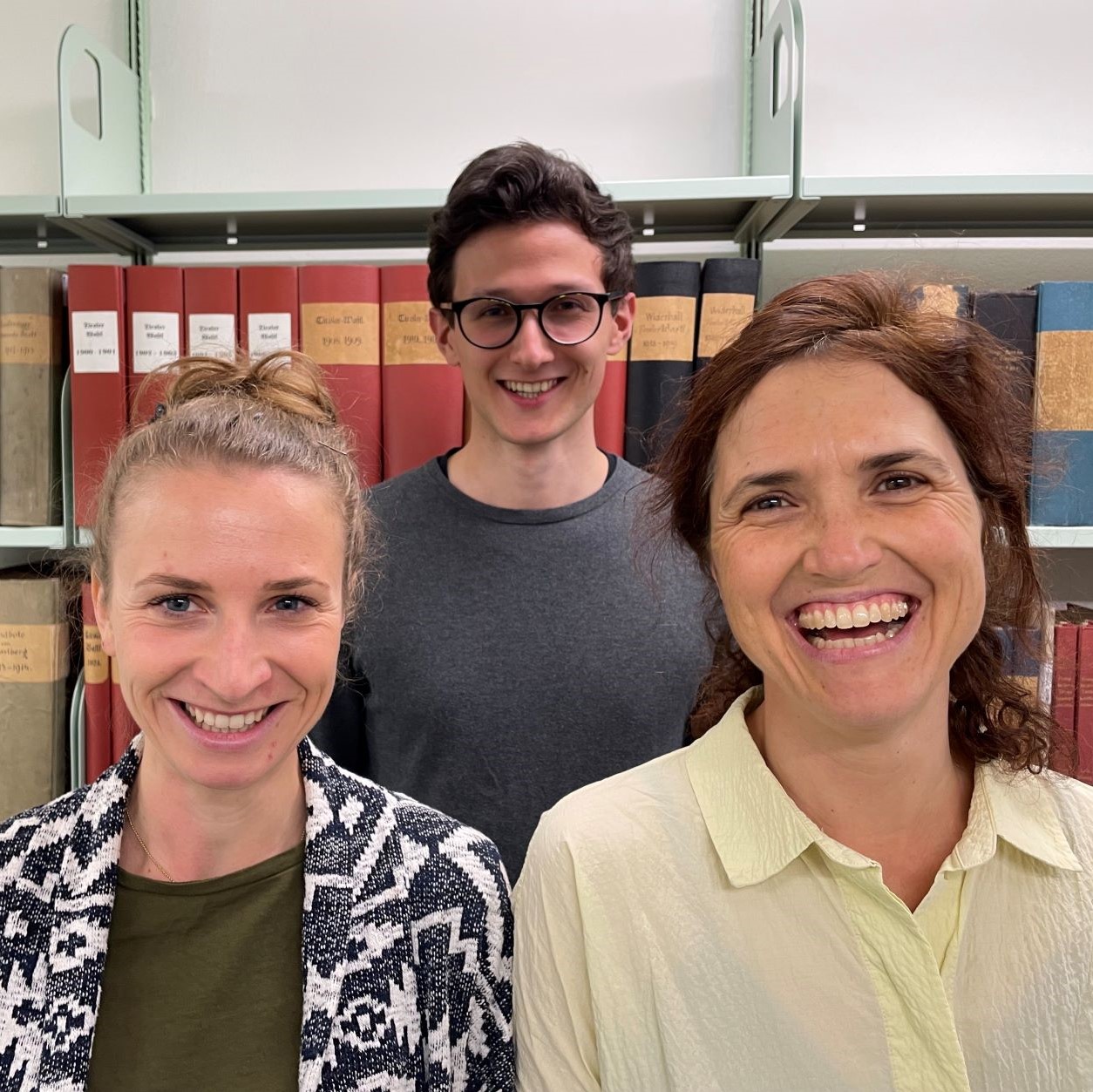
This MOOC has been developed as part of the project Zeit.shift - Digital in Yesterday's Future. Zeit.shift is a cross-border Interreg project of Landesbibliothek Dr. Friedrich Teßmann, Universitäts- und Landesbibliothek Tirol and Eurac Research for the preservation, indexing and mediation of the cultural text heritage of North, East and South Tyrol. After a comprehensive digitisation endeavour, historical newspapers from the entire Tyrolean region are now available online and can be viewed and searched digitally via the Digital Library or via Teßmann digital. At the end of the project, they will also be available via a joint portal developed especially for Zeit.shift.
The team that prepared content for the Zeit.shift MOOC at the Universitäts- und Landesbibliothek Tirol consists of Johanna Walcher, Maritta Horwath and Florian Ambach. Johanna and Maritta are employees of the Digital Services Department of Universitäts- und Landesbibliothek Tirol. In the Zeit.shift project, in addition to designing the MOOC content, they are responsible for other mediation services as part of the citizen science initiative to raise awareness of the textual heritage of the North, East and South Tyrol region. Florian Ambach supports the team in developing the content in the Zeit.shift-MOOC.

For Eurac Research, the content on digital methods in the humanities (Unit 6) was developed by Verena Lyding and Greta Franzini, who belong to the language technology group of the Institute for Applied Linguistics Research. The individual video units will be presented with the assistance of colleagues Andrea Abel and Egon W. Stemle.
In addition, the team will be accompanied and supported by staff from the three partners of Zeit.shift - Landesbibliothek Dr. Friedrich Teßmann, Universitäts- und Landesbibliothek Tirol and Eurac Research. These are Johannes Andresen, Isabella Dissertori, Karin Pircher, Silvia Gstrein, Barbara Laner, Barbara Hoffmann, Christian Kössler and Paolo Brasolin.
What do newspapers tell us about our lives 100 years ago? How are newspapers digitised and made accessible via web portals? How can I research historical newspapers available online in order to formulate a scientific question? How do the digital humanities use computer-based methods to index historical text documents?
In the Zeit.shift-MOOC - Digital in Yesterday's Future you will work with historical daily newspapers from North, East and South Tyrol. We will introduce you to newspapers as online sources for research in the context of scientific questions. We will prepare selected topics from the newspapers as examples to give you an understanding of the range of historical texts and to make it easier for you to find an exciting topic for a scientific paper.
This MOOC is primarily aimed at pupils and anyone who wants to work actively with newspapers available online. We will guide you directly into the historical source and support you in interrogating the text sources and in using them in a contemporary way. We will illustrate the potential of digital humanities and give an insight into some computational linguistic techniques that facilitate work with historical newspapers.
- What can I expect from the Zeit.shift-MOOC - Digital in Yesterday's Future?
- How do I develop a research question on a topic in the humanities?
- How to digitise historical daily newspapers and make them available online?
- How do I research historical daily newspapers via web portals?
- What are the basic features of source criticism and source interpretation and how do I evaluate the results of my research?
- How can texts be processed and analysed using computer-assisted methods and what perspectives do these approaches to digital humanities open up?
Participants learn how to use historical newspapers as a source for researching a scientific question, how to develop a question, evaluate topics, cite sources correctly and how to summarise the results of the research. The MOOC also provides insight into the topics of digitisation, automated text recognition (optical character recognition), computational linguistics and digital methods in the humanities.
No prior knowledge is required.
The MOOC is divided into 6 lessons. The lessons build on each other in terms of content, but can also be used individually. Learning videos on the MOOC content and interviews with experts from the Zeit.shift project and the University of Innsbruck are provided. Additional text and image material, quizzes and tasks complement the videos. The content can be worked on independently or integrated and used in teaching in schools in North, East and South Tyrol.
Participants will receive a certificate of participation if more than 75% of the quiz questions have been answered correctly. For active participation in the course, an automated certificate will be issued upon completion, which includes the username, course name, and completed lessons. It should be noted that this is only a confirmation stating that the user has correctly answered at least 75% of the self-checking questions asked.
All course materials are provided under the open CC BY 4.0 International license (except for external links and individual separately marked documents). This allows free use and also modification and republication of all components of the videos, working materials, exercises and test questions (so long as they are not external, i.e. linked materials, in which case the respective conditions apply). A sustainable usability and use is therefore possible, even beyond the course and project duration of imoox.

Gefördert durch den Europäischen Fonds für regionale Entwicklung und Interreg V-A Italien-Österreich 2014-2020
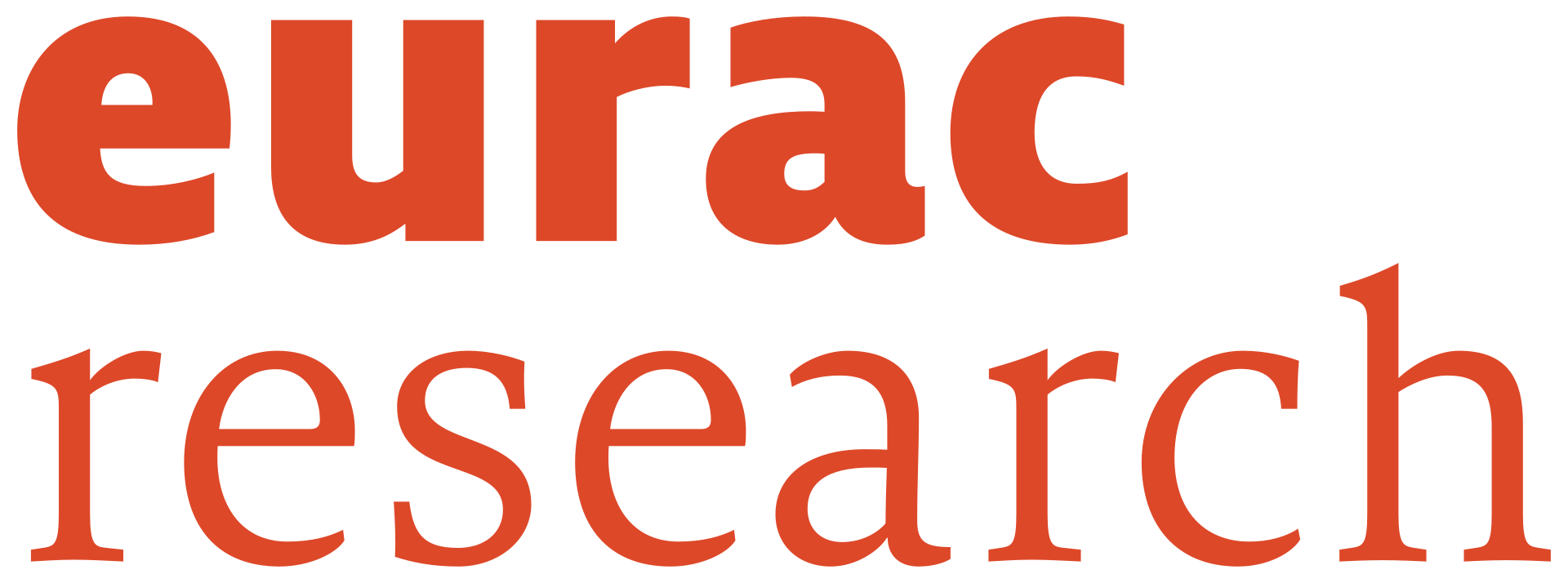

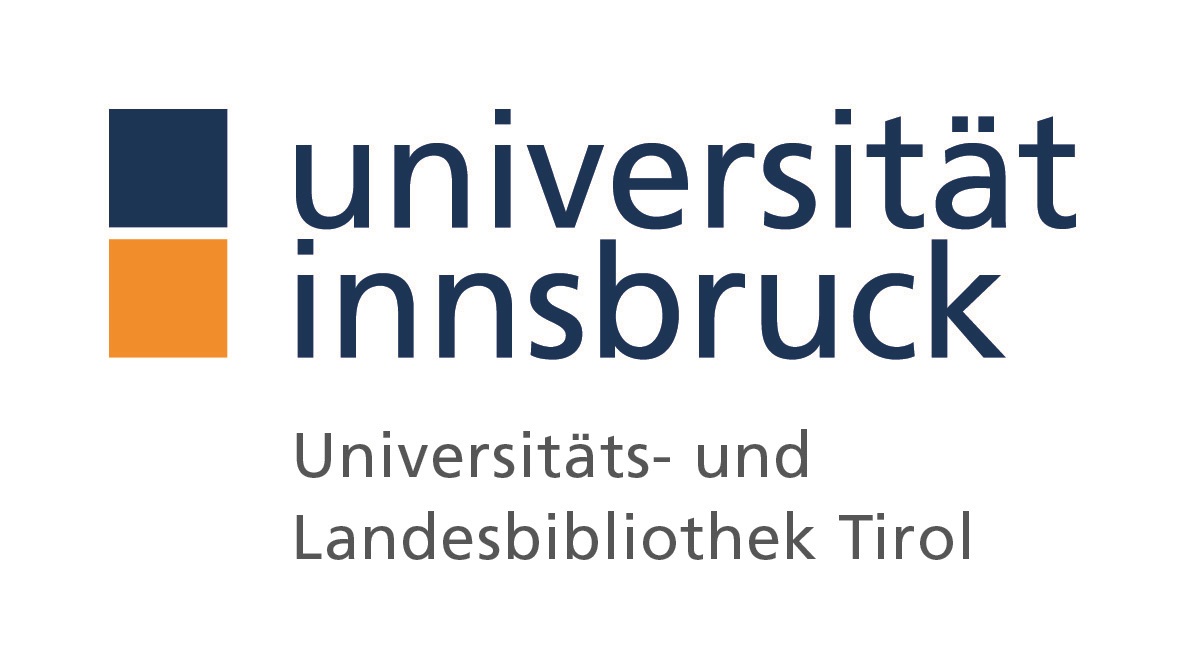
Interreg Italia-Österreich European Regional Development Fund | Eurac Research | Landesbibliothek Dr. Friedrich Teßmann | Universitäts- und Landesbibliothek Tirol